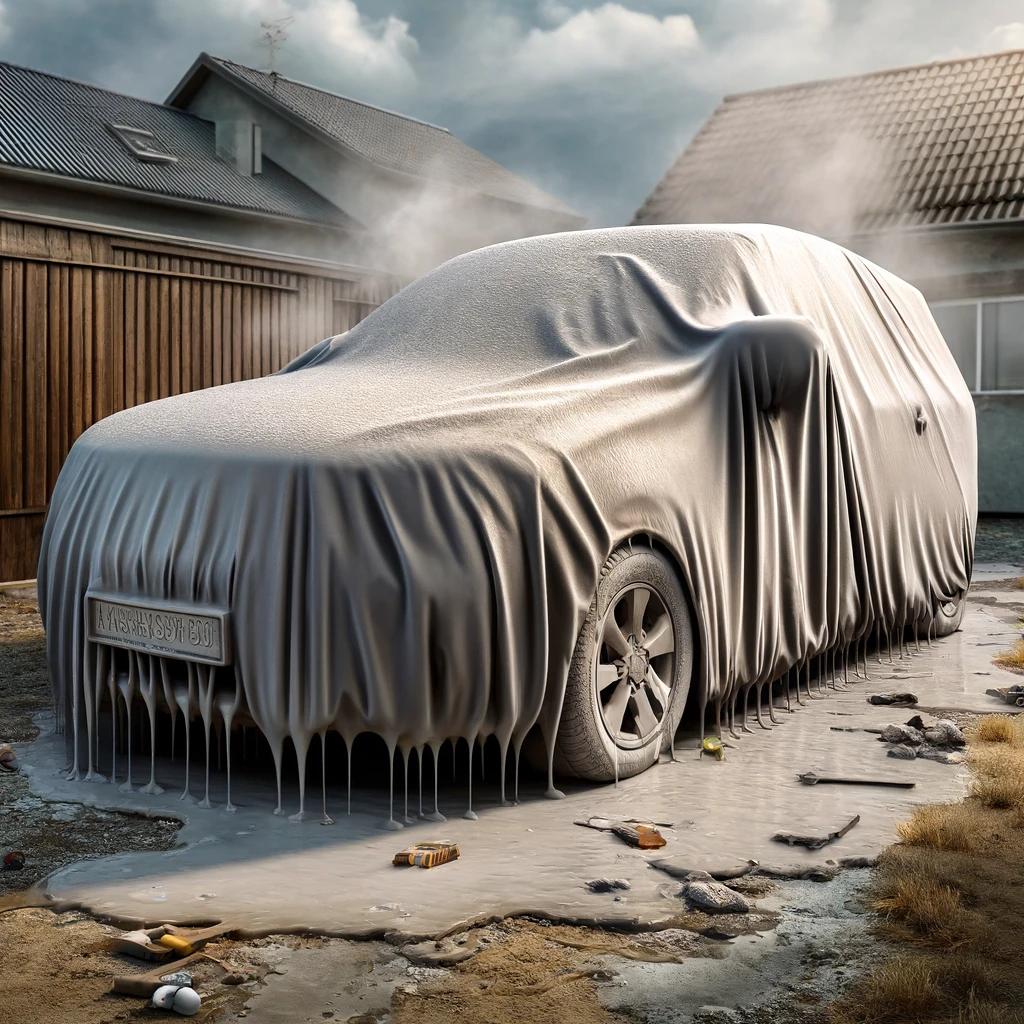So, you’re in the market for a car cover. You’ve probably researched, browsed a few options, and maybe even found a deal that seems too good to pass up. But before you click that “buy” button, pump the brakes.
Let’s break down what you should avoid when shopping for a car cover so you can make an intelligent investment and keep your ride protected. The good point is that you have a wide selection of car covers for every vehicle.
Mistake 1: Choosing the Wrong Material
One of the biggest mistakes you can make when buying a car cover is not paying attention to the material. The material determines how well the cover will protect your car from the elements, and different materials are better suited for various environments.
- Thin, Single-Layer Covers: These are often the cheapest options available, but they’re also the least effective. They might keep some dust off but won’t protect your car from rain, snow, or UV rays. A single-layer cover can do more harm than good if it traps moisture underneath, leading to mold, mildew, and rust.
- Non-Breathable Materials: Some covers might boast about being waterproof, but you’re in trouble if they’re not breathable. Non-breathable materials trap moisture underneath, which can damage your paint and cause corrosion over time.
What to Look For: Opt for a multi-layered, breathable cover that offers protection against UV rays, rain, and debris. If you live in a particularly harsh climate, invest in a cover made from durable, weather-resistant materials like polypropylene or a multi-layer polyester blend.
Mistake 2: Going for a Universal Fit
It’s tempting to go for a universal car cover—they’re cheaper and claim to fit “most” vehicles. But here’s the thing: “Most” doesn’t mean your car specifically. Universal covers are designed to fit a wide range of vehicles, which often means they don’t fit any of them particularly well.
- Poor Fit: A cover that is too loose can flap in the wind, leading to scratches on your paint. On the other hand, a cover that’s too tight might not fully cover your car or could be a pain to put on and take off.
- Inadequate Protection: Universal covers often leave parts of your car exposed, especially around the wheels and bottom edges, which defeats the purpose of using a cover in the first place.
What to Look For: Always choose a custom-fit cover designed specifically for your car’s make and model. This cover offers the best protection because it’s tailored to your vehicle’s exact dimensions, ensuring full coverage and a snug fit.
Mistake 3: Overlooking UV Protection
If you’re parking your car outside, UV protection is a must. The sun’s UV rays can cause severe damage to your car’s paint, interior, and rubber seals over time. Without adequate protection, your vehicle could look faded and worn out sooner than you’d like.
- Fading and Cracking: UV rays can cause your paint to fade and your interior to crack, especially if your car is frequently exposed to direct sunlight.
- Rubber Seal Damage: The sun can dry out and crack the rubber seals around your windows and doors, leading to leaks and costly repairs.
What to Look For: Choose a car cover that mentions UV protection. High-quality covers will have a UV-resistant outer layer designed to block harmful rays and keep your car’s paint and interior looking fresh.
Mistake 4: Ignoring Weather Conditions
Not all car covers are designed to handle every type of weather, and choosing the wrong one for your environment can lead to major issues later on.
- Rain and Snow: A water-resistant or waterproof cover is essential if you live in a rainy or snowy area. A cover not designed for wet weather can trap moisture against your car’s surface, leading to rust and other damage.
- Wind: In windy conditions, a poorly fitted or lightweight cover can be blown off or cause scratching as it flaps against the car. Windy environments require a snug-fitting, durable cover that can stay in place.
- Extreme Heat: For those in hot climates, a cover with good heat resistance and UV protection is crucial to prevent your car from baking under the sun.
What to Look For: Consider your local weather conditions and choose a cover designed to handle them. Look for reinforced seams, elastic hems, and tie-down straps to keep the cover secure in all weather.
Mistake 5: Prioritizing Price Over Quality
We get it—everyone loves a bargain. But when it comes to car covers, you often get what you pay for. A cheap cover might save you money upfront, but if it doesn’t protect your car effectively, you could pay much more in the long run.
- Short Lifespan: Cheaper covers are usually made from lower-quality materials that don’t hold up well over time. You might find yourself replacing a cheap cover every year, which adds up.
- Inadequate Protection: Low-cost covers often lack features that protect your car from the elements, such as multi-layered protection, UV resistance, and breathable materials.
What to Look For: It’s worth investing in a high-quality cover from a reputable brand. While it might cost more upfront, a well-made cover will last longer and provide much better protection, ultimately saving you money by preventing damage to your car.
Mistake 6: Forgetting About Storage and Maintenance
Even the best car cover won’t last long if it’s not correctly stored and maintained. Many people forget the importance of caring for their car cover, leading to premature wear and tear.
- Improper Storage: Your cover should be stored in a clean, dry place when not in use. Leaving it on the ground or in a damp area can cause mold and mildew to develop.
- Neglecting Cleaning: A dirty car cover can cause more harm than good. Dust, dirt, and debris inside the cover can scratch your paint when the cover is on your car.
What to Look For: Choose a cover with a storage bag for easy storage when not in use. Also, clean your cover according to the manufacturer’s instructions to keep it in good condition.
Mistake 7: Not Considering Additional Features
It’s easy to focus on the basics when shopping for a car cover, but overlooking additional features can mean missing out on added convenience and protection.
- Security Features: Some covers come with built-in locking systems or grommets for a cable lock, which can deter theft and keep your cover secure in high-wind areas.
- Soft Inner Lining: A soft inner lining is essential for protecting your car’s paint from scratches, mainly if you’re covering a luxury or classic car.
- Ease of Use: Features like elastic hems, mirror pockets, and quick-release straps can make using your cover much easier, especially if you put it on and take it off frequently.
What to Look For: Consider what additional features might be necessary for your needs, such as security, ease of use, or extra protection for your paint. These features can add to your car cover’s overall effectiveness and convenience.
Conclusion
Buying a car cover might seem straightforward, but avoiding these common mistakes can make all the difference in protecting your vehicle.
Taking the time to select the right cover, from choosing the right material to ensuring a perfect fit, will save you money and keep your car looking its best for years to come.
Don’t just go for the cheapest option or the first cover you find—invest in a quality product designed to meet your specific needs and protect your valuable investment.






